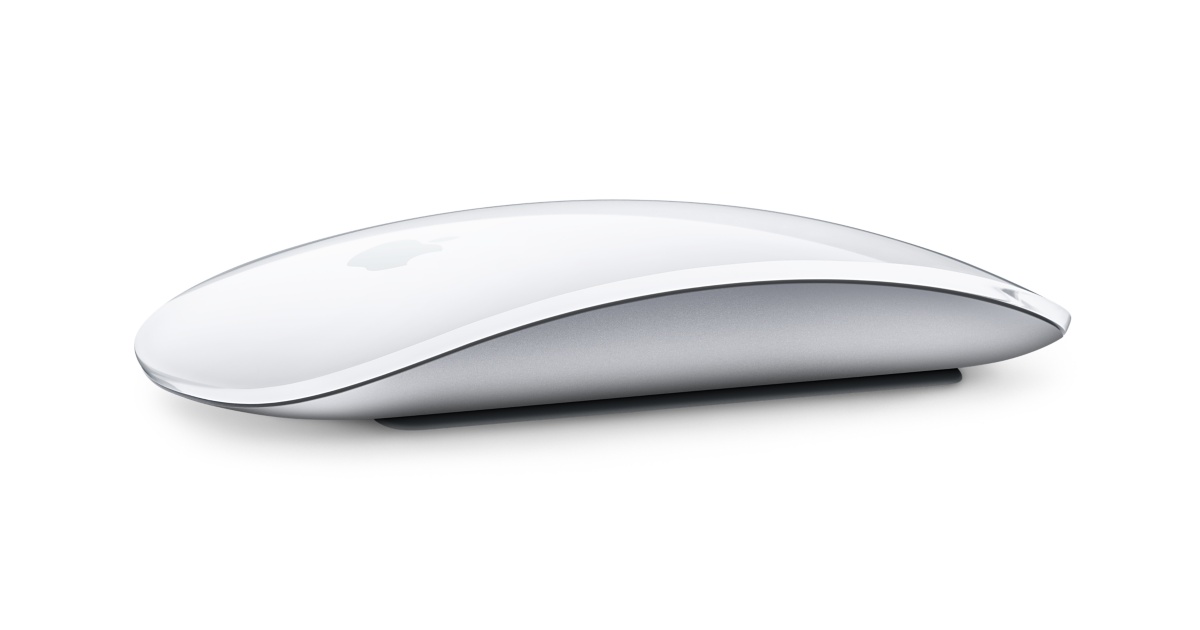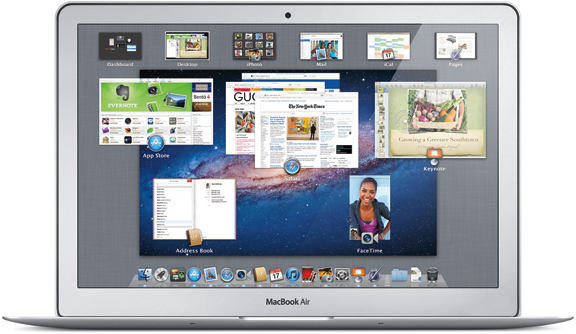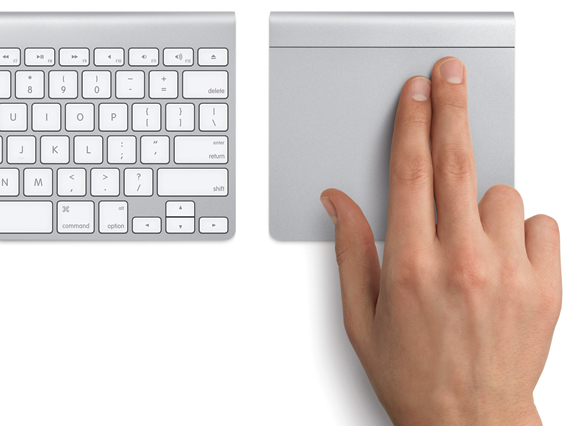Tips and Tricks for Lion Gestures
Last week Apple released Lion, the latest version of their desktop operating system. Ever since the first announcement of Lion, they’ve made it clear they were getting “back to the Mac” by bringing it some of the best features from iOS on the iPhone and iPad. I won’t go into the details of every new feature, there are plenty of reviews that do that, but I felt like sharing a little about gestures.

At first I was extremely skeptical of Apple’s attempt to incorporate more gestures into the OS, not because I thought they were a bad idea, but because I was already using so many gestures that I didn’t want Lion interfering with. After getting my Magic Mouse for Christmas back in 2009, one of the first things I did was look for a way to extend its functionality. At the time Apple only supported a few gestures, so I turned to a great app by Andreas Hegenberg called BetterTouchTool. Soon my custom gestures became second nature; making it effortless to trigger Exposé, use Spaces, zoom in Photoshop, show the Dashboard, switch tabs, and perform all kinds of other tasks I had previously used keyboard shortcuts for.
The Defaults
When Lion launched I decided to give Apple’s default gestures a shot. I not only wanted to see if they were enough to fit my needs, but also to have the benefit of being able to hop on any Mac and instantly know the gestures. The first thing you’ll notice is that scrolling has been reversed to match the scroll behavior from iOS. It’s a little disorienting at first, but it’s already starting to feel natural. The next thing I noticed was that the gesture options for a Magic Mouse are more limited than the options for a multi-touch trackpad. My guess is that Apple decided to limit the mouse because of its narrower dimensions. The only default gesture for the Magic Mouse I decided not to use was the double tap to launch Mission Control, the Lion combination and replacement for Exposé and Spaces. I use Mission Control all the time, so a double tap didn’t make sense when there are so many single tap gestures available.
I highly recommend taking a look at your Mouse/Trackpad settings and doing a little practice. Launch an app with full screen capabilities, like the latest iTunes or Safari, then click the full screen arrows in the top right of your window. Now you can switch between your desktop and full screen apps by swiping left or right with two fingers on a mouse or three fingers on a trackpad. You can even add a second desktop to swipe between by launching Mission Control (by clicking the dock icon or swiping three fingers up on a trackpad) and then moving your cursor to the top right of the screen and clicking the window with the plus that should slide out. Using multiple desktops is a great way to separate work and play or organize several tasks you might not want cluttering up a single desktop. With Lion it’s easy to add, close, and navigate between multiple desktops using Mission Control, so there’s no reason not to give it a shot along with full screen apps.

Even if you don’t planning on using any of the tips below, check out your default mouse or trackpad settings and try getting used to using them, it might take some practice but eventually you’ll wonder how you used a computer before gestures.
Becoming a Power User
You may have already learned enough from trying out the defaults, but if you still want a little more here are my tips for becoming a power user. As a Magic Mouse user I’m a little more limited by default than trackpad users are, so some of the tips may not apply to trackpads or may need a little tweaking.
To get started with these tips, you’ll first need to download BetterTouchTool. Once it’s downloaded extract the zip file and drag the app to your Applications directory. Launch the app and then make sure it’s set to launch on startup. You should notice a new icon in your menu bar for BetterTouchTool that gives you access to changing your preferences.
The interface might be a little intimidating at first, but it’s actually pretty simple. A column in the left lets you manage your gestures by application. You’ll want to set system-wide shortcuts under global, but you can also set app-specific gestures by clicking the “+” button at the bottom of the column and selecting the app. To set a gesture just click the “Add new gesture” button, choose the gesture, then assign a keyboard shortcut or predefined action. BTT may prompt you to enable access for assistive devices. It should lead you to this setting, but if not it can be enabled under Universal Access in System Preferences.
Three Finger Tap – Exposé/Mission Control (Magic Mouse)
Even though it still says Exposé in BetterTouchTool, this gesture will actually launch Mission Control on Lion. For Magic Mouse users who are forced to double tap two fingers by default, setting a three finger tap makes it a lot quicker to access Mission Control. Another nice benefit of using this custom gesture over the default one is that you can tap three fingers, hover your cursor over the window you’re looking for, then tap three fingers to exit Mission Control with the window you wanted already on top. For some reason the built in gesture doesn’t do this. Update: Just discovered that there’s a default gesture to spread out grouped windows in Mission Control. Once you have Mission Control open, hover over the group of windows you want to Exposé and slide up with two fingers.
Three Finger Swipe Down – Application Exposé (Magic Mouse)
Because Mission Control now groups application windows together, you may find yourself wanting to use Application Exposé when you have several windows open in the same application. Lion allows trackpads to slide four fingers down to launch Application Exposé, but doesn’t offer the same option on the Magic Mouse. To solve this I set a Three Finger Swipe Down to launch Application Exposé.
Two Finger TipTap Middle – Close Window or Tab
You’re probably familiar with using Command + Q to quit an application, and you may even be familiar with using Command + W to close a window or tab. Now you can just place three fingers on the touch surface and tap the middle one to close the current window. This is really useful browsing the web when combined with the next tip.
Two Finger TipTap Right & Left – Change Tabs
In Chrome and Safari, I’ve set Two Finger TipTap Right to Control + Tab and Two Finger TipTap Left to Shift + Control + Tab. This lets you leave three fingers down and tap your left or right finger to switch back and forth between tabs. If you’re like me and always have tons of tabs open, you’ll love how much faster you’ll be able to jump a tab or two over.
Single Finger Swipe Right & Left – Back/Forward in Chrome & Safari
You might have noticed that the latest Safari in Lion responds to a single (or double on a trackpad) finger swipe right or left to go back or forward. Update: Originally I had included a tip to add a gesture for Chrome, but now Chrome includes the same functionality.
The Wrap-Up

These gestures are designed around my own computing habits, so some of these gestures may need to be tweaked to fit your device or preferences, but they should at least give you some ideas of the types of tasks you’ll want to define gestures for.
Even though I don’t think there are enough gestures by default in Lion, I still think it is one of the best new features. Most users won’t jump straight into all the gestures I use, but hopefully Lion will help them get used the idea and be ready as developers start including more gestures in their desktop apps.
Feel free to share your thoughts on Lion’s gestures along with any tips or gestures you’ve created.
Now you’re thinking with gestures.